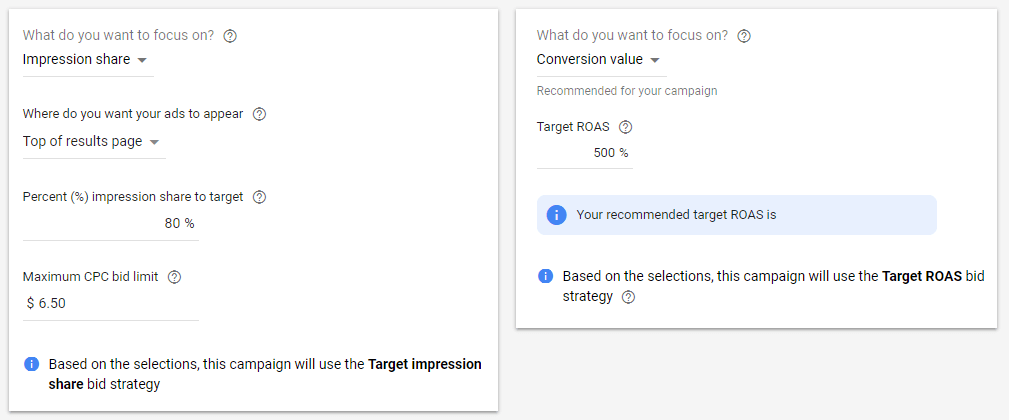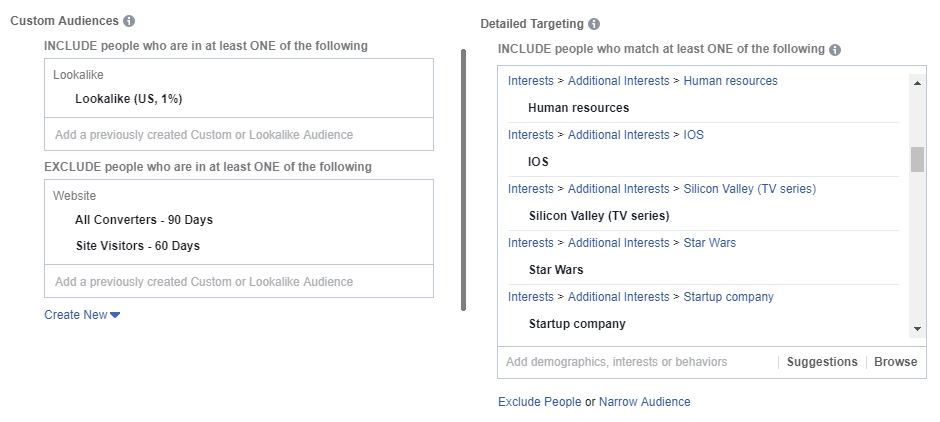Writing good content is hard. Putting out content that’s well-researched, well-written, and informative – regularly? If you’re putting in that much effort, you want your hard work to be rewarded.
You wouldn’t dive into a pool without first seeing how deep it is; don’t make the mistake of writing content without checking the water.
Your content’s journey to ranking well starts when you’re planning your content. Whether it’s disregarding the way Google’s algorithms work or missing something fundamental, it’s painfully easy to write great content that still won’t rank.
Here’s how to make sure your content gets recognized for SEO success.
1. Your content needs to be published regularly.
What Counts as New Content?
‘New content’ refers specifically to content which you have not published before.
Updating old content is valuable if the information is outdated or you see opportunities to improve it. However, updated content does not count as new content. You can even delete old content that isn’t relevant or important.
What Is Publishing “Regularly”?
Try to publish new content at least once per week, but ideally two or three times per week.
Unfortunately, there is no universal best day to publish. Often, Tuesday or Wednesday perform well, but it depends on your industry and audience.
Try measuring engagement via post comments, Google Analytics or social media interactions to figure out your ideal posting schedule. Segment the engagement metric by day of the week and time of day for additional insights. Think about who your audience is, and when they’ll consume your content.
Maybe your U.S. audience likes to check Twitter over their lunch break. You can post your article in the morning and promote it on Twitter around 12 PM EST/9 AM PST to reach both the East and West Coast lunch crowd.
Or, maybe your audience wants to read your content during slow periods at work. Try posting so it will be new during a midweek afternoon.
The only way to know is to get real data.

“I wish,” he sighed, “that there were a more efficient way to do this. Alas!”
That’s A Lot to Keep Track Of.
It can be difficult to keep to a weekly schedule, especially if you’re posting two or three times per week. Knowing when you should schedule posts is important, but so is being prepared to post on schedule. Have content planned, written and approved in advance, so you’ll never be forced to publish before you’re ready or miss your ideal publishing window.
To create a content calendar for planning content and tracking progress, you can make use of a program like Trello, Google Drive (Calendar/Sheets), Microsoft Excel, or one of multiple other options available.
Many platforms with built-in blog integration have an automatic post scheduling option. If there’s a chance you’ll be busy with something else when it’s time to publish, you’re in good hands.
Why Do You Need to Publish Regularly?
Because Google wants to deliver the most useful and up-to-date information, it prioritizes crawling sites which publish regularly. Adding new content signals to Google that your site is worth re-crawling more frequently.
Every new piece of content gives you another opportunity to focus on new, related keywords and increase visibility. Combined with effective content and promotion, this means traffic will increase.
A regular publishing schedule also has a positive effect on your authority, which is both a ranking factor for Google and a factor in your industry reputation. By consistently putting out interesting and useful content, you will become known for providing value and insight. This is often called “thought leadership”: being recognized as an authority within the community.

Your future customer, whose faith in your thought leadership allows him to completely ignore the flood of low-quality content from your competitors.
2. Your content needs to be high-quality.
What Does It Mean to Be High-Quality?
First – Ideal length and depth of content depend entirely on your goal. These are not hard and fast rules, just guidelines for finding your content’s ideal length.
- High SERP rankings: Aim for at least 2,000 words, but even from 3,000-10,000 words, to get the most backlinks. Ideally, these will have heavier research and more valuable insights and takeaways. Of course, if you’re putting in this much effort, always start with keyword research!
- Maximum social shares: 1,000-2,000 words performs best, especially if it’s solving a problem or explaining something interesting. This helps reinforce authority and community engagement.
- Highest engagement: Blogs with under 600 words tend to get the most comments, especially if they’re discussion prompts. But this length won’t help with social shares or SEO, so these blogs should wait until you already have an audience.
- A comfortable middle ground: 750 words tends to perform acceptably across the board.
Try to match the amount of information to the length! Don’t shove 3,000 words’ worth of information into 1000 and omit important context, and don’t bloat your 300-word blurb to 1000 words chasing social shares.
Second – Your content must be relevant to your target audience.
- Keeping a consistent topic helps readers and Google understand what your entire site is about.
- Consider removing older and irrelevant content, and keeping your site to a specific group of topics.
Third – Modern content readers have certain expectations. If you don’t make your writing easy and interesting to read, it effectively has no audience.
- Add visuals or images that reflect the content and add interest. As a starting point, try one image per 300 words to break up sections.
- Most paragraphs should be no longer than three sentences. While it may not look like a block of text on desktop, longer paragraphs are much less pleasant to read on mobile.
- Follow clear writing best practices: use active voice, keep subjects and verbs close together, and vary sentence length.

It’s technically a car, but you wouldn’t rely on it for a road trip.
Why Does Quality Matter?
In short: Quality reinforces authority.
Search algorithms pay attention to how readers engage with your content. If the overall quality of your content is poor, it is immediately obvious to both your audience and search engine crawlers, and damages your authority with both.
Since people prefer to read high-quality content, gaining the appropriate reputation will help your readership and overall traffic. High-quality articles are also more likely to get valuable backlinks, since they contain worthwhile information. Such responses signal your site’s authority and improve ranking.
3. Your content needs to be properly optimized.
How Do You Optimize Content?
Google uses the words in content to understand its subject, so ensure your content is relevant to the keywords you are targeting. Every industry has top keyword themes. To guide overall on-page content strategy, combine relevant themes with your expertise within these themes.
For your page-by-page strategy, assigning specific keywords to content requires finding an attainable keyword with high search volume.
You can start from either end. Either create content around a high-performing keyword theme, or assign an attainable keyword with lower search volume to an existing piece of content. The latter is what SEOs often refer to as “low-hanging fruit”: longer-tail search terms so relevant to your content that you already rank.
 Make sure you only put keywords where it feels natural – don’t shove them in just to have them. This is a cardinal sin of SEO known as “keyword stuffing”. It worked ten years ago, but today Google will penalize you for over-stuffing keywords into copy. Prioritize high-quality writing over keyword density.
Make sure you only put keywords where it feels natural – don’t shove them in just to have them. This is a cardinal sin of SEO known as “keyword stuffing”. It worked ten years ago, but today Google will penalize you for over-stuffing keywords into copy. Prioritize high-quality writing over keyword density.
Finally, put your content in context by linking to prominent industry sites and articles. Having outbound links to authoritative sites is helpful for your users and raises your authority by extension.

Towns became cities through a combination of accessibility and opportunity.
Let keywords and great content be your site’s railroad and industry.
Conclusion
Optimizing on-page content for SEO isn’t about being the best writer. It’s about balancing best practices with a nuanced understanding of Google’s algorithms, thus reinforcing authority and rankings to grow your online presence.
Looking for an expert in SEO or Paid Media? If your industry authority isn’t receiving the attention it deserves, Titan’s team of experienced analysts can help. Contact us for a free evaluation.
If these content tips helped you, get a weekly roundup of industry trends and important insights delivered to your inbox and subscribe to our newsletter.








